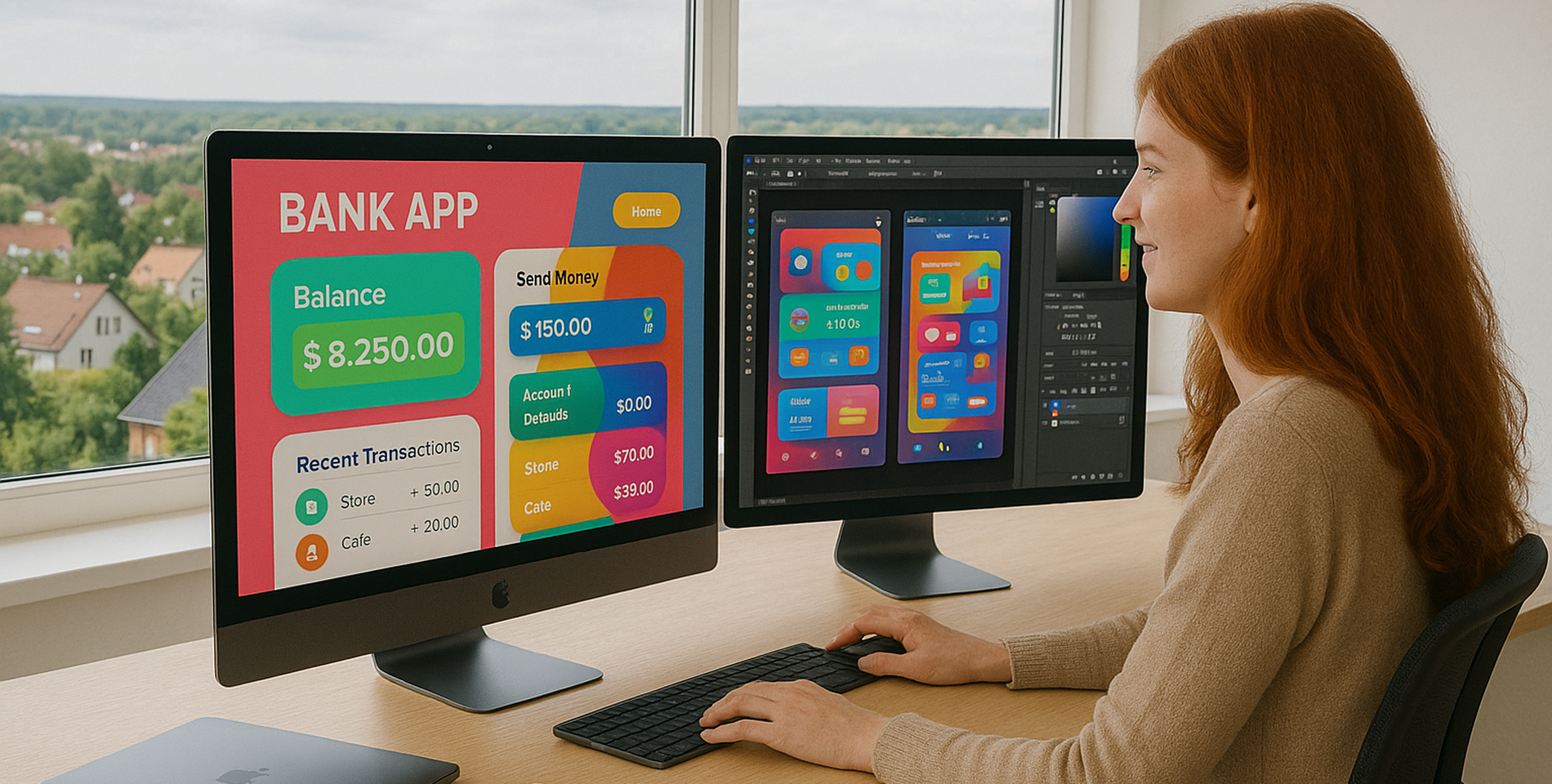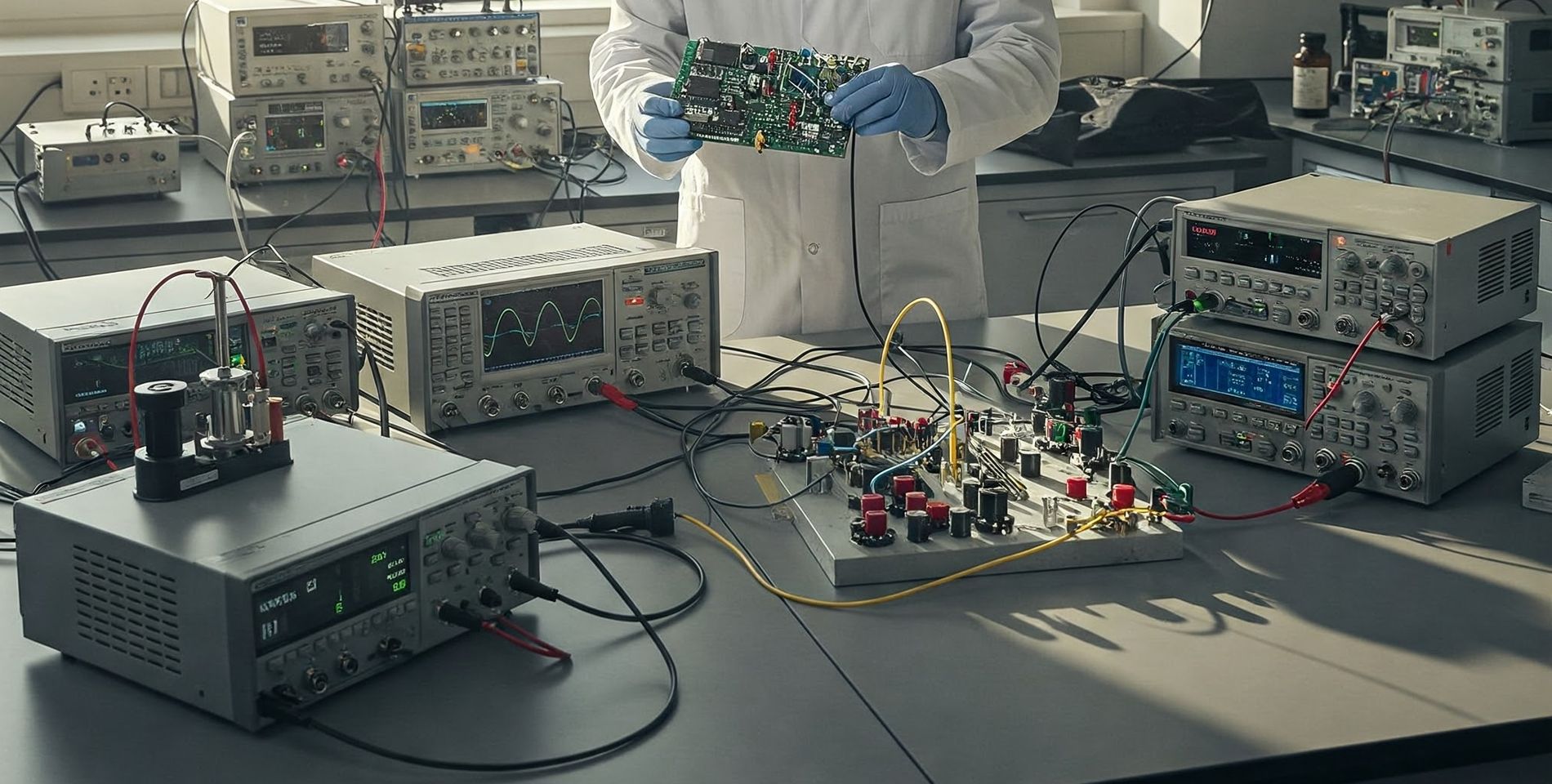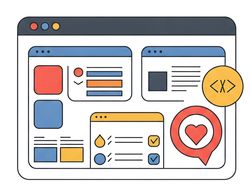
UX Development
The development of UX interfaces in mobile applications has shifted from cluttered, complex designs to clean, intuitive layouts that prioritize user needs. Modern mobile UX emphasizes simplicity, accessibility, and personalized experiences, often using gestures and adaptive elements.
Advances in technology, such as AI, now enable apps to anticipate and respond to user behavior, creating smoother and more engaging interactions.

Devices for Science Research
Visible light spectrometers are widely used in food analysis to assess quality, safety, and composition. By measuring the absorption or reflectance of visible light, these instruments can detect color changes, identify contaminants, and determine the concentration of specific compounds such as sugars, pigments, or additives.
This non-destructive technique allows for rapid and accurate monitoring of food freshness, ripeness, and authenticity, making it valuable in both research and industry settings.
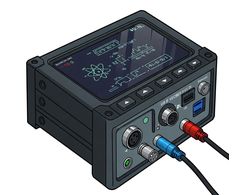
Scientific Instruments
Scientific instrument design services for physical research focus on creating custom equipment for specific experiments. These services cover conceptual design, engineering, prototyping, and the integration of advanced technologies. The goal is to ensure precise measurements and reliable performance.
Experts work closely with researchers throughout the process. They develop instruments that match the unique needs of laboratory experiments, field studies, or specialized applications. These services support innovation in science. They help researchers explore new phenomena and achieve high-quality results in their work.
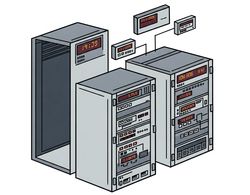
Time Synchronization and 1PPS Distribution
In scientific measurements demanding precise timing, hardware-based time synchronization methods offer an alternative to network protocols like PTP and NTP. A central, highly accurate clock, such as an atomic clock or a high-precision quartz oscillator, serves as the master time source.
This clock distributes a synchronized time signal to all connected instruments through direct hardware connections, such as coaxial/differential cables or fiber optic links. Common signaling methods include pulse-per-second (PPS) signals or specialized time code formats.
News & Information
- New Visible Light Spectrometer Showcased with Advanced FeaturesA new visible light spectrometer has been unveiled, featuring a robust experimental stand built using the Thorlabs cage system. This setup ensures precise alignment and stability for optical experiments. The spectrometer employs light sources covering a broad spectrum from 305 nm to 700 nm, making it suitable for various scientific and educational applications. The integrated… Read more: New Visible Light Spectrometer Showcased with Advanced Features

